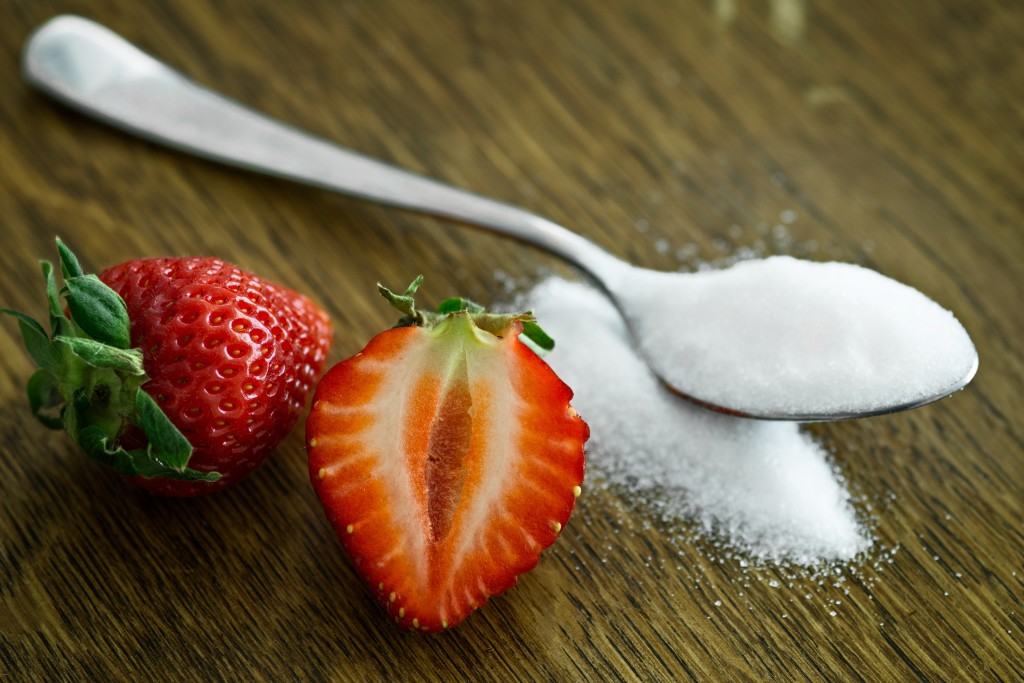 Anybody else out there want to be able to drop it like it’s hot in your seventies? In my own personal health journey, I have witnessed the many benefits of adopting a healthy lifestyle, but the biggest rewards, which come with time, I have yet to experience. While we may think purchasing organic and taking regular trips to the gym is expensive now, we are paying it forward to have a better quality of life later. And quality of life is priceless. Besides living a life without reliance on meds, and with youthful energy, most of us also want to be snatched. Let’s be real. Who doesn’t want Michelle Obama or Angela Bassett’s chiseled arms and toned legs like Tina Turner?
Anybody else out there want to be able to drop it like it’s hot in your seventies? In my own personal health journey, I have witnessed the many benefits of adopting a healthy lifestyle, but the biggest rewards, which come with time, I have yet to experience. While we may think purchasing organic and taking regular trips to the gym is expensive now, we are paying it forward to have a better quality of life later. And quality of life is priceless. Besides living a life without reliance on meds, and with youthful energy, most of us also want to be snatched. Let’s be real. Who doesn’t want Michelle Obama or Angela Bassett’s chiseled arms and toned legs like Tina Turner?
As we age, our lifestyle choices and diet can influence the rate at which we age. Good genetics help too, but if we are consciously adjusting our diet, and putting a lot of discipline into our regimens wonders can happen. Did you know that one of the ways to slow aging is to slow the glycation process? If you have never heard of glycation, when we consume sugar, the molecules (glucose, galactose, or fructose etc.) latch onto proteins and fats and this causes the protein fibers (mainly collagen and elastin) to become stiff and malformed. Glycation is not only involved in the aging process, but also in most degenerative diseases. Collagen and elastin are needed in prime form to keep our skin youthful, and keep us away from botox. Aging is inevitable and there is not way to stop or reverse the process of glycation, but perhaps our poor diets have caused us to miss out on the fact that aging should not be as rapid as is considered normal. By reducing the amount of sugar in our diets as we age, we can considerably reduce glycation, and thus, keep it “right and tight” well into our golden years.
So how can we reduce glycation? Below are five simple ways you can begin your anti-aging program, naturally. -XO Raw Girl
- Reduce or eliminate processed sugar from your diet and moderately consume fruit sugars. After seeing more clients, it’s become very clear that most of us struggle with insulin dysregulation. Diabetes is continuously on the rise, but even more pervasive is having high blood glucose or low blood glucose levels because of the bodies’ inability to process sugar efficiently. This happens because we simple eat too much sugar. It is in everything from condiments to our morning cereals, and the constant insulin spikes take a toll on our energy, our health, and the speed at which we age. When we think of sugar we usually think of syrup, honey, white or brown sugars, but starchy foods which are converted to glucose are also in this category. This includes white breads, rice, potatoes and more. Consuming whole grains over white starches, which are lower on the glycemic index create less of a sugar rush.
- Eliminate consumption of fried foods, increase the amount of raw, baked, or steamed foods. The glycation reaction is accelerated by eating foods cooked at high temperatures; anything over 250°F (110°C). Trying to avoid barbecuing, frying, grilling, roasting, or broiling foods is key.
- Reduce or eliminate consumption of high fat or high protein foods with sugar which create advanced glycation end products. This might seem strange, until you realize that most of us consume high fat or protein foods with sugar on a regular basis. (Some examples: ribs with barbeque sauce (sugar included), McDonald’s fries (have sugar on them), Glazed or frosted donuts which are deep fried, high in fat with a lot of sugar in them.
- Consume foods rich in phytonutrients, vitamin C, B6, and ALA (alpha lipoic acid) that can protect your body from the damage of high sugar in the diet. First off to boost phytonutrients you need to eat a wide array of fruits and vegetables preferably in rainbow colors to get the full spectrum of nutrients. Polyphenols are natural phytochemicals found in fruits, vegetables, nuts, seeds, coffee, tea (green tea included), and wine. Vitamin C will help to promote the production of collagen and also improve the absorption of plant sources of iron. Some great sources of vitamin C include: citrus fruits, acerola cherries, papaya, tomatoes and tomato juice, potatoes, red and green peppers, black currants, guava, kiwifruit, broccoli, kale, snow peas, strawberries, Brussels sprouts, camu camu powder, and cantaloupe. When you combine vitamin C with quercetin a flavonoid with strong anti-diabetic activity found in flowers, leaves, and fruits, research has shown that they are effective in reducing oxidative stress and inflammatory biomarkers. Good food sources of B6 include: chickpeas, nutritional yeast, avocado, cooked spinach, watermelon, dried plums, winter squash, peanuts, sunflower seeds, cashews, hazelnuts, onions, banana, and sweet potatoes.
- Take a multivitamin that includes chromium. If you have diabetes, or other sugar dysregulation problems you may also consider supplementing chromium separately in the form of GTF or chromium picolinate for the best absorption. Chromium helps to normalize the way that our body processes insulin, and can have a profound effect on stabilizing our blood sugar levels. The more stable our levels are, the less rapidly we age.
References:
Askari G, Ghiasvand R, Feizi A, Ghanadian SM, Karimian J. The effect of quercetin supplementation on selected markers of inflammation and oxidative stress. J Res Med Sci. 2012 Jul;17(7):637-41. PubMed PMID: 23798923; PubMed
Central PMCID: PMC3685779.
Gkogkolou, P., & Böhm, M. (2012). Advanced glycation end products: Key players in skin aging? Dermato-Endocrinology, 4(3), 259–270. http://doi.org/10.4161/derm.22028
Younus, H., & Anwar, S. (2016). Prevention of non-enzymatic glycosylation (glycation): Implication in the treatment of diabetic complication. International Journal of Health Sciences, 10(2), 261–277.





